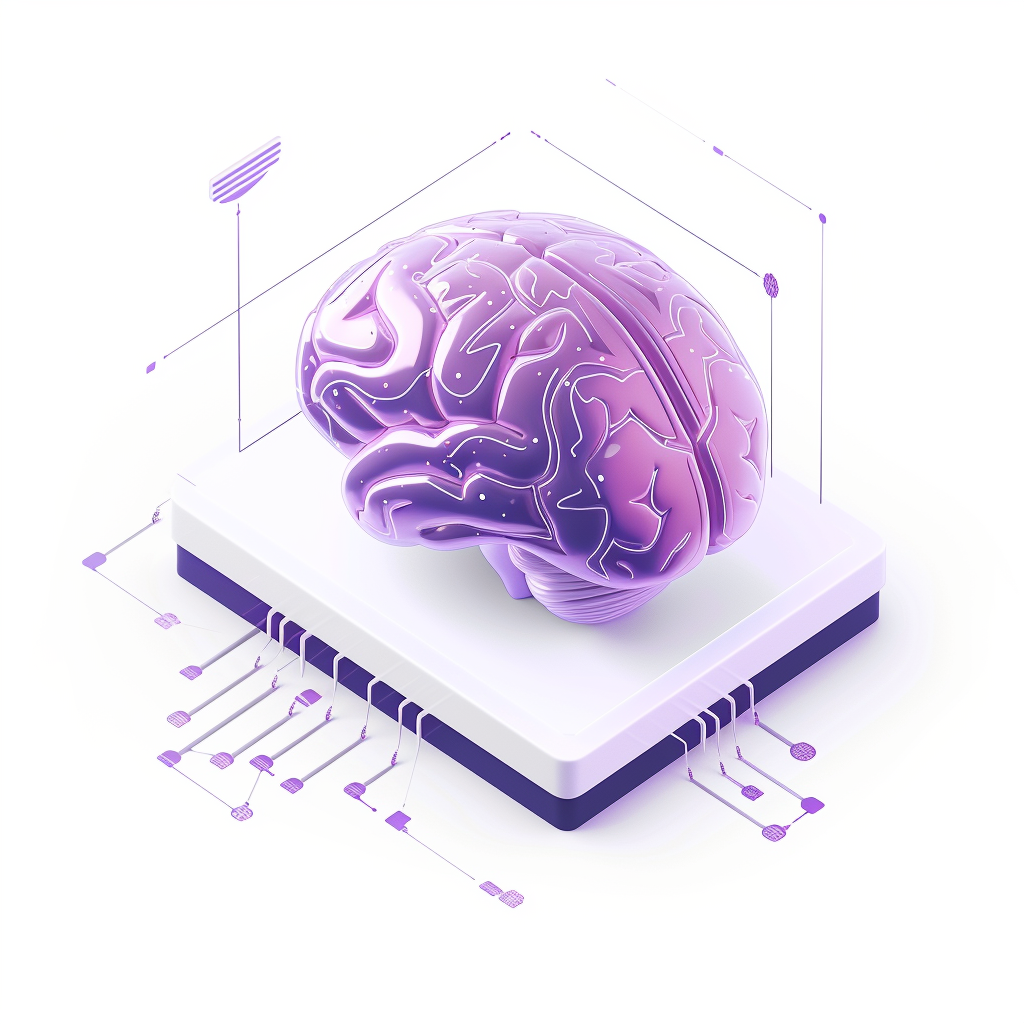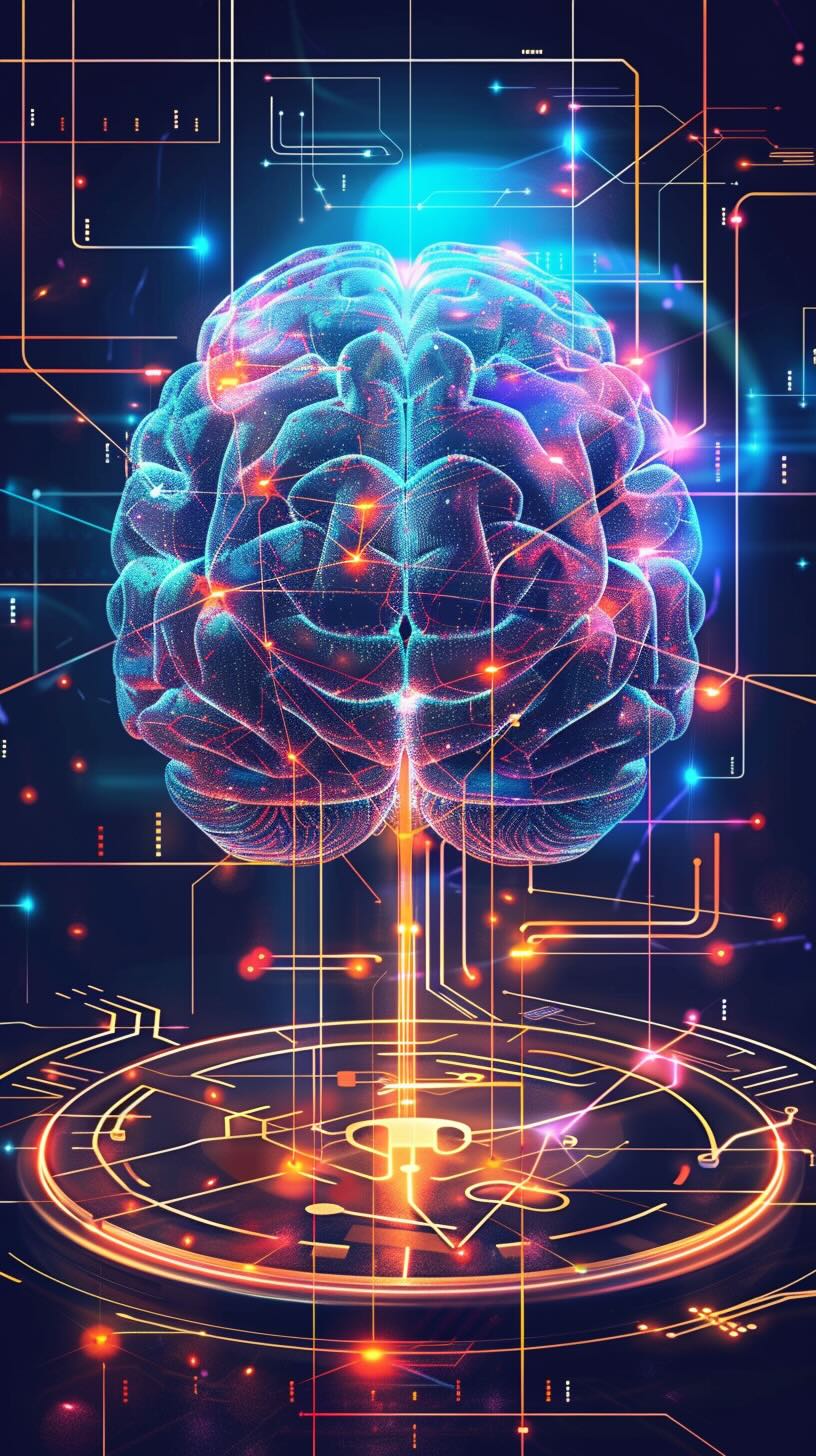By the end of 2025, AI is projected to contribute a staggering $15.7 trillion to the global economy, transforming industries, jobs, and daily life in ways we’re only beginning to comprehend. Yet, despite this rapid advancement, a surprising 76% of people still feel unprepared to navigate this AI-powered future.
This guide is your roadmap to not just surviving but thriving in the AI revolution of 2025. Whether you’re completely new to AI or have dabbled with basic tools, you’re about to discover how artificial intelligence can dramatically enhance your productivity, creativity, and career prospects—without requiring a technical background or coding skills.
From powerful AI assistants that can write your emails to image generators that can visualize your ideas in seconds, the tools available today would have seemed magical just a few years ago. But with this power comes important considerations about limitations, ethics, and best practices that every beginner needs to understand.
By the time you finish reading, you’ll have a clear understanding of which AI tools to use, how to communicate effectively with them, and practical ways to implement AI in your daily life and work. More importantly, you’ll gain the confidence to stay ahead of the curve in a world where AI literacy is quickly becoming as fundamental as digital literacy was a decade ago.
Let’s begin your journey into the fascinating world of artificial intelligence—where the future isn’t just coming; it’s already here.
Understanding AI
Artificial intelligence might sound complex, but at its core, it’s simply technology that can perform tasks that typically require human intelligence. Think of AI as a powerful assistant that can learn from data, recognize patterns, and make decisions or predictions based on what it has learned.
In 2025, most of the AI tools you’ll encounter are examples of “narrow AI” or “weak AI”—systems designed to excel at specific tasks rather than possess general human-like intelligence. These systems are incredibly good at what they’re designed to do, whether that’s generating text, creating images, or analyzing data, but they don’t have consciousness or understanding in the human sense.

The journey to today’s AI began decades ago, but recent breakthroughs in machine learning—particularly deep learning and large language models (LLMs)—have accelerated progress dramatically. These advances have made AI accessible to everyone, not just technical specialists or large corporations.
How does AI learn? Most modern AI systems use a process called machine learning, where they’re trained on vast amounts of data. For example, a text-generating AI like ChatGPT has been trained on billions of text examples from books, articles, and websites. Through this training, it learns patterns and relationships between words and concepts, allowing it to generate human-like text in response to prompts.
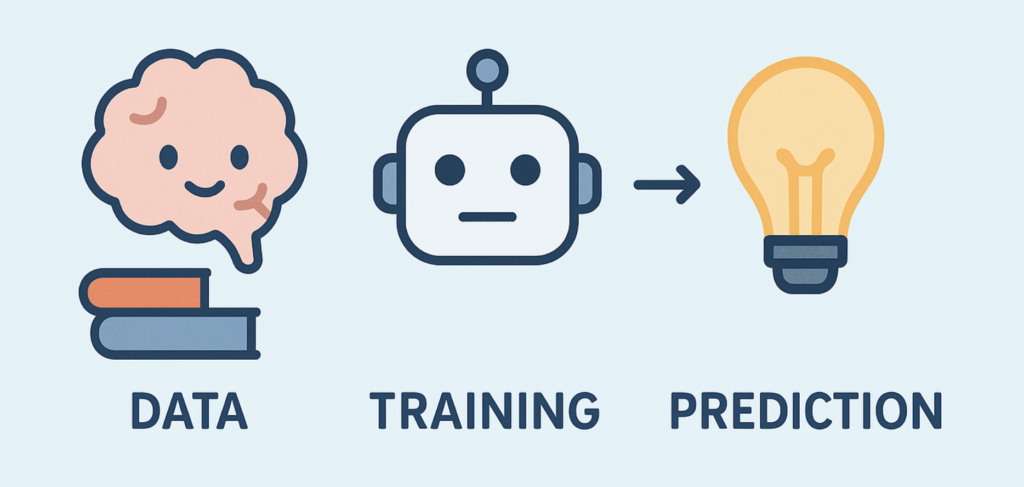
What makes 2025 particularly significant for AI is the convergence of several factors: more powerful models, easier-to-use interfaces, wider integration into everyday tools, and increasing awareness of AI’s potential. We’ve reached a tipping point where AI is no longer optional for staying competitive in many fields—it’s becoming essential.
Whether you’re a student, professional, entrepreneur, or simply curious, understanding the basics of AI will help you navigate this new landscape with confidence. And the good news is that you don’t need to understand the complex mathematics or programming behind AI to benefit from it. You just need to know which tools to use and how to use them effectively.
The AI Toolkit
AI Chatbots and Assistants
The most accessible entry point into AI for beginners is through conversational AI assistants. These powerful tools can answer questions, generate content, solve problems, and even help with creative tasks—all through a simple chat interface.
ChatGPT (OpenAI) has become synonymous with generative AI for many people. The free version gives you access to GPT-3.5, which is capable of writing essays, answering questions, and helping with basic coding. For $20/month, ChatGPT Plus offers access to GPT-4o, which provides more accurate responses, can process images, and offers plugins that extend its capabilities to tasks like web searching and data analysis.
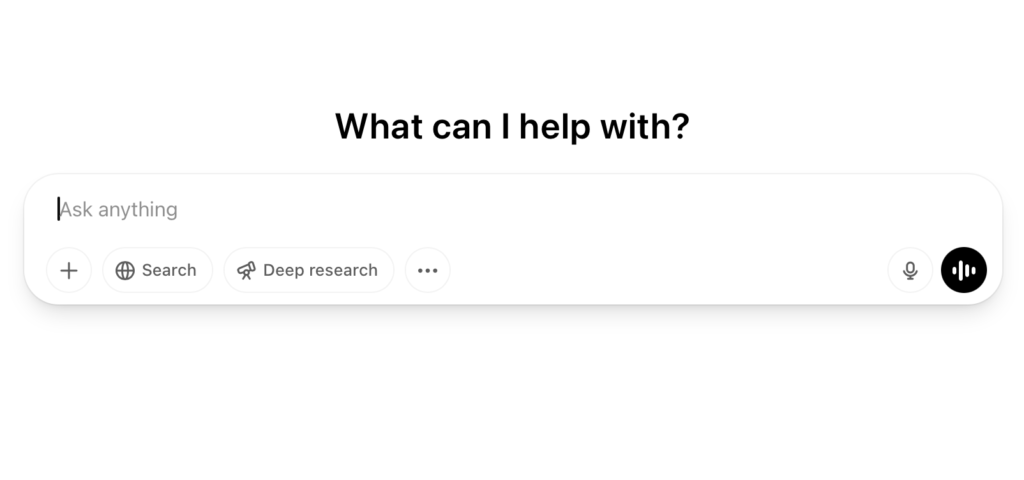
Claude (Anthropic) has gained popularity for its thoughtful, nuanced responses and ability to process very long documents (up to 150,000 words). The free version offers substantial capabilities, while Claude Pro ($20/month) provides priority access during busy times and the ability to have longer conversations. Claude excels at tasks requiring careful reasoning and ethical considerations.
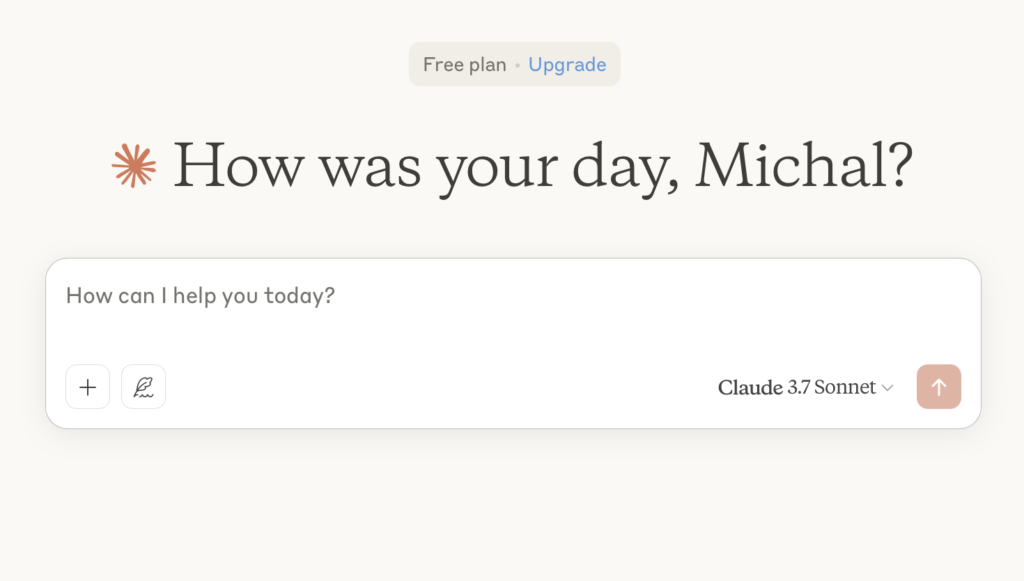
Gemini (Google) integrates seamlessly with Google’s ecosystem and offers strong multimodal capabilities, meaning it can understand and work with both text and images. The free version is quite capable, while Gemini Advanced ($20/month) provides access to more powerful models and additional features.
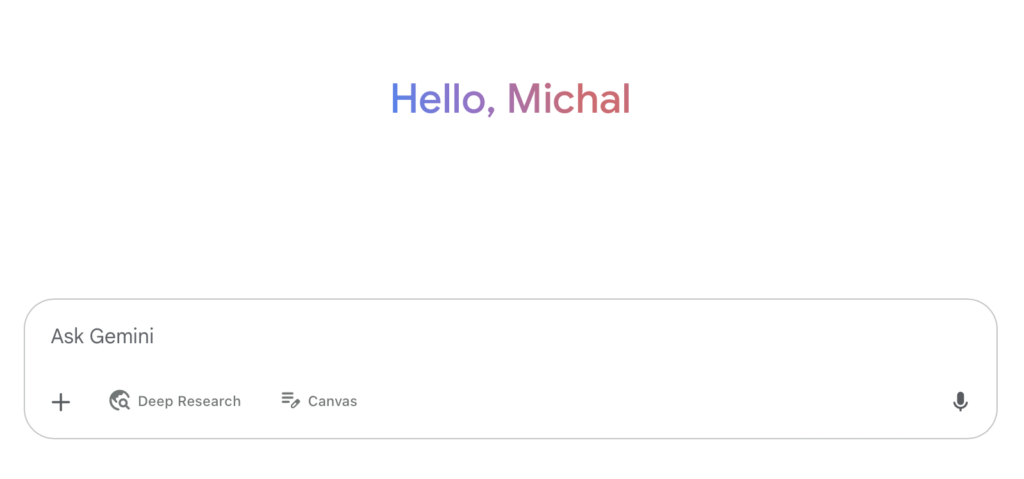
Fello AI (macOS Desktop App) is a native macOS app that brings together the power of multiple AI models—including ChatGPT, Claude, Gemini, and Llama—into one sleek and unified interface. It’s designed for users who want a distraction-free experience right on their desktop, without needing to open a browser or juggle different tabs. You don’t need individual subscriptions to each model—Fello AI handles it all for one price.
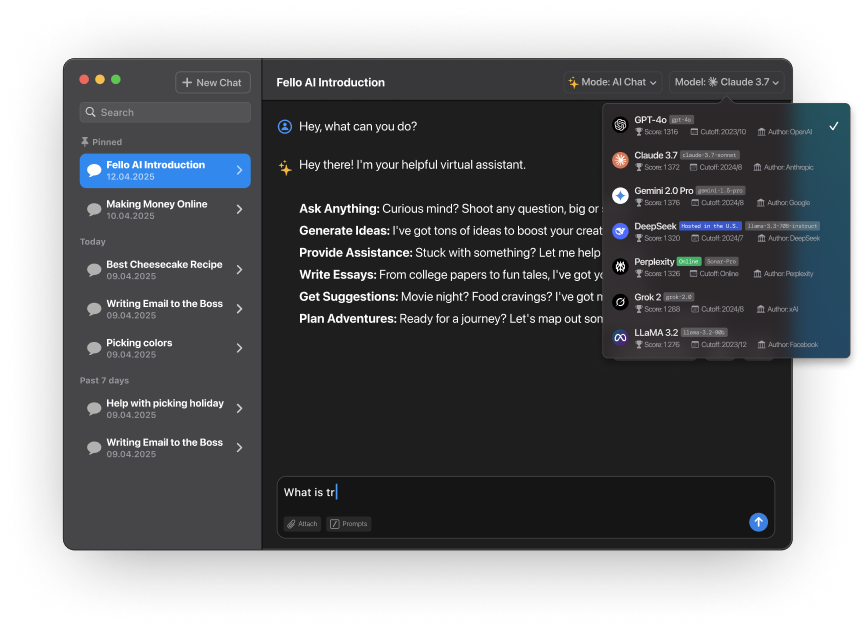
Real-world applications of these assistants are virtually limitless. Beginners are using them to draft emails and reports, brainstorm ideas, learn new concepts, get coding help, and even plan events or trips. The key is to start with simple tasks and gradually explore more complex applications as you become comfortable with the technology.
Creative AI Tools
Perhaps the most visually stunning aspect of the AI revolution is the emergence of tools that can generate images, audio, and video from simple text descriptions.
Image Generation Tools have democratized visual creation, allowing anyone to produce professional-quality images without design skills:
- DALL-E (OpenAI) is integrated with ChatGPT Plus and excels at creating realistic images and artwork based on text descriptions.
- Midjourney ($10-30/month) produces highly artistic, stylized images that many consider the most aesthetically pleasing among AI image generators.
- Stable Diffusion is open-source and can be run locally on your computer, offering more privacy and customization options.
- Firefly (Adobe) is designed specifically for commercial use and integrates with Adobe’s Creative Cloud applications.
Voice and Audio AI Tools are transforming how we create and interact with audio content:
- ElevenLabs offers remarkably natural text-to-speech conversion and voice cloning capabilities, making it perfect for creating voiceovers or audiobooks.
- Descript combines transcription, editing, and voice synthesis, allowing you to edit audio by editing text.
- Murf.ai specializes in commercial-quality voiceovers for presentations and videos.
- Suno can generate original music with lyrics based on simple text prompts.
Video Generation AI is the newest frontier, with tools that can create video content from text or images:
- Runway allows you to generate short videos from text descriptions or transform still images into moving scenes.
- Synthesia specializes in creating talking-head videos with AI avatars, perfect for training or educational content.
- HeyGen offers similar capabilities with a focus on marketing videos and multilingual content.
- Pika Labs creates animated videos and visual effects from text prompts.
These creative tools are being used by beginners to create social media content, illustrations for blogs, custom images for presentations, podcast intros, background music, explainer videos, and much more—all without requiring traditional creative skills.
Productivity Boosters
AI isn’t just for creative tasks—it’s also revolutionizing how we work and manage information.
AI Coding Assistants are making programming more accessible to beginners:
- GitHub Copilot ($10/month, free for students) can suggest code completions and entire functions as you type.
- Amazon Q (Formerly CodeWhisperer) offers a free tier for individual use and excels at security-focused coding.
- Replit Ghostwriter is integrated with the Replit platform, making it ideal for learning to code.
- Tabnine focuses on privacy and personalized code suggestions.
Even if you’re not a programmer, these tools can help you understand code, automate simple tasks, or make modifications to existing code.
AI Productivity Tools streamline everyday tasks:
- Notion AI enhances the popular note-taking app with writing assistance and summarization features.
- Otter.ai automatically transcribes and summarizes meetings, saving hours of note-taking.
- Mem.ai helps organize your notes and knowledge with AI-powered connections and retrieval.
- Taskade combines project management with AI assistance for planning and execution.
The most significant advantage of these productivity tools is how they eliminate busywork, allowing you to focus on higher-value tasks that require human creativity and judgment.
Free vs. Paid
For beginners, it’s important to know that you can get started with AI without spending a dime. Free options include:
- Basic versions of ChatGPT, Claude, and Gemini
- Stable Diffusion (if you have a suitable computer)
- Hugging Face models for various AI tasks
- Bing Image Creator for basic image generation
- GIMP with AI plugins for image editing
However, paid subscriptions often provide significant advantages that can justify their cost:
- ChatGPT Plus ($20/month) offers access to GPT-4o and the OpenAI o3 reasoning models, which are substantially more capable than the free GPT-4o-mini model.
- Midjourney ($10-30/month) produces higher quality images than most free alternatives.
- GitHub Copilot ($10/month) can save hours of programming time.
- Adobe Firefly (part of Creative Cloud) provides commercial-use rights for generated images.
A good strategy is to start with free tools to understand the basics, then invest in paid subscriptions for areas where AI provides the most value for your specific needs.
The Secret Language of AI
In the world of AI, how you ask is often as important as what you ask. Prompting—the art of effectively communicating with AI systems—has emerged as perhaps the most essential skill for getting the most out of these powerful tools.
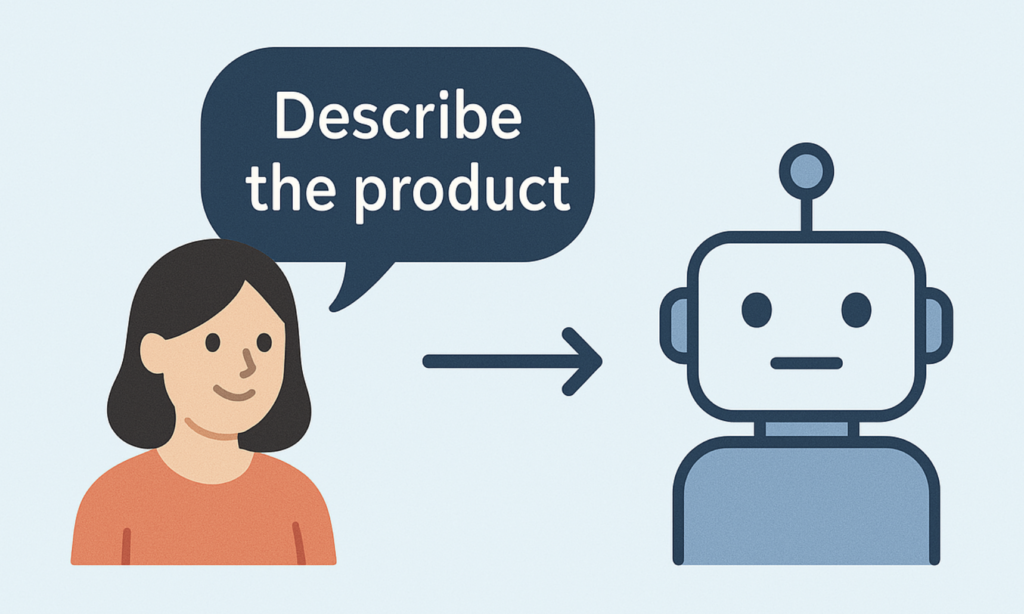
Why Prompting Matters
Think of prompting as learning to communicate with a brilliant but sometimes literal-minded assistant. The quality of your results depends dramatically on how well you frame your requests. A vague prompt like “Write about climate change” will yield generic, unfocused content. In contrast, a well-crafted prompt that specifies audience, tone, format, and key points will produce remarkably tailored results.
The difference between basic and advanced prompting can be the difference between AI being a novelty and AI being a transformative tool in your life and work.
Basic Prompting Principles Anyone Can Learn
Even if you’re completely new to AI, these fundamental principles will immediately improve your results:
Be Specific and Clear: Instead of “Give me marketing ideas,” try “Generate five social media marketing ideas for a small organic bakery targeting health-conscious millennials in urban areas.”
Provide Context: Include relevant background information. For example: “As a front-end developer working in an e-commerce company, what are the key benefits of using React for building fast, dynamic user interfaces?”
Specify Format and Length: Clarify how you want the information presented. For instance: “Write a 500-word blog post about indoor gardening with a numbered list of 7 beginner-friendly plants. Include a brief introduction and conclusion.”
Set the Tone and Audience: Indicate the style and who it’s for. Example: “Explain quantum computing in simple terms that a 12-year-old would understand, using everyday analogies and an enthusiastic tone.”
Request Examples: Ask for illustrations of concepts. For example: “Explain the concept of compound interest and provide three real-world examples showing how it works.”
Advanced Techniques
Once you’re comfortable with basic prompting, these advanced techniques can take your results to the next level:
Zero-Shot Prompting involves asking the AI to perform a task without providing examples. This works well for straightforward tasks: “Classify this email as urgent, important, or routine: [email text]”
Few-Shot Prompting provides examples of what you want before asking the AI to complete a similar task.
Translate these sentences from English to French:
English: The cat is on the table.
French: Le chat est sur la table.
English: I would like to order dinner.
French: Je voudrais commander le dîner.
English: Where is the nearest hospital?
French:
Chain-of-Thought Prompting encourages the AI to work through problems step-by-step, which dramatically improves accuracy for complex reasoning tasks. Add phrases like “Let’s think about this step by step” or explicitly outline the steps you want the AI to follow.
Role Prompting assigns a specific role to the AI, which helps frame its responses. For example: “Act as an experienced data scientist reviewing this analysis plan. What improvements would you suggest?”
Iterative Prompting involves refining your prompts based on initial responses. Don’t hesitate to follow up with clarifications or adjustments to get better results.
Common Prompting Mistakes
Even experienced AI users make these errors—being aware of them will save you time and frustration:
Being Too Vague: Vague prompts lead to generic responses. Always add specificity about what you want.
Overloading With Information: Extremely long, complex prompts can confuse AI. Break complex requests into multiple exchanges.
Not Providing Enough Context: Without context, AI may make incorrect assumptions about what you need.
Assuming Perfect Understanding: AI doesn’t truly “understand” like humans do. Be explicit rather than assuming it will infer your intentions.
Failing to Iterate: The best results often come from refining your prompts based on initial responses. Don’t settle for the first output if it’s not what you wanted.
Platform-Specific Tips
Different AI systems respond best to slightly different prompting approaches:
For ChatGPT: Use the system message feature to set the context for your entire conversation. Adjust the temperature setting (higher for creativity, lower for accuracy).
For Claude: Be conversational and polite. Claude responds well to detailed instructions about format and ethical considerations.
For Gemini: Leverage its multimodal capabilities by combining text and image inputs when relevant. Be clear about how outputs should be structured.
Mastering prompting is an iterative process—you’ll get better with practice. Start with simple requests and gradually experiment with more complex techniques as you become comfortable. The time invested in improving your prompting skills will pay dividends across all your AI interactions.
Benefits and Limitations
As with any powerful technology, AI comes with both tremendous benefits and important limitations. Understanding both sides of this equation is essential for using AI responsibly and effectively.
The Transformative Benefits
Automation of Repetitive Tasks frees up human time and energy:
- Administrative tasks like scheduling, data entry, and basic correspondence
- Routine content creation such as reports, summaries, and updates
- Basic research and information gathering
- Simple design and creative tasks
This automation allows people to focus on work that requires uniquely human qualities like creativity, empathy, and strategic thinking.
Enhanced Decision-Making Capabilities come from AI’s ability to process vast amounts of data:
- Identifying patterns that humans might miss
- Providing data-backed recommendations
- Offering alternative perspectives and approaches
- Reducing cognitive biases in decision processes
Lisa, a project manager, shares: “We use AI to analyze data from past projects to identify risk factors for delays. It’s helped us spot potential issues early that we would have missed otherwise.”
Accessibility Improvements are making technology more inclusive:
- Real-time translation breaking down language barriers
- Text-to-speech and speech-to-text for people with disabilities
- Simplified interfaces through natural language interaction
- Personalized learning accommodations for different needs
Innovation Acceleration is happening as AI removes traditional barriers:
- Rapid prototyping of ideas without extensive technical skills
- Testing multiple approaches simultaneously
- Combining insights from different domains
- Democratizing access to powerful creative and analytical tools
Cost Reduction makes previously expensive services more affordable:
- Professional-quality content creation at a fraction of traditional costs
- 24/7 customer service without massive staffing requirements
- Personalized experiences without extensive manual customization
- Efficient resource allocation through predictive analytics
The Critical Limitations
Despite these benefits, AI has important limitations that every user should understand:
AI Hallucinations and Misinformation occur when AI generates incorrect information confidently:
- Fabricating facts, statistics, or references that sound plausible but are false
- Creating convincing but fictional explanations
- Misinterpreting ambiguous queries with confident but wrong answers
- Blending accurate and inaccurate information seamlessly
Always verify important information from AI with reliable sources, especially for consequential decisions.
Problemi di privacy e sicurezza arise from how AI systems are trained and operated:
- Training data may contain sensitive personal information
- Interactions with AI systems might be stored and analyzed
- Generated content could inadvertently reveal private details
- Security vulnerabilities in AI systems could be exploited
Be mindful of what information you share with AI systems, particularly sensitive personal or business data.
Ethical Considerations include:
- Potential bias in AI outputs reflecting biases in training data
- Questions about consent when AI is trained on creative works
- Environmental impact of large AI models’ energy consumption
- Accessibility disparities creating new forms of inequality
Copyright and Legal Issues remain unsettled:
- Unclear ownership of AI-generated content
- Potential copyright infringement in training data
- Evolving regulations around AI use and disclosure
- Liability questions for decisions made with AI assistance
Workforce Displacement Concerns are real but nuanced:
- Some jobs will be automated, while others will be transformed
- New roles are emerging specifically around AI implementation
- Skills requirements are shifting across many industries
- Transition periods may be challenging for affected workers
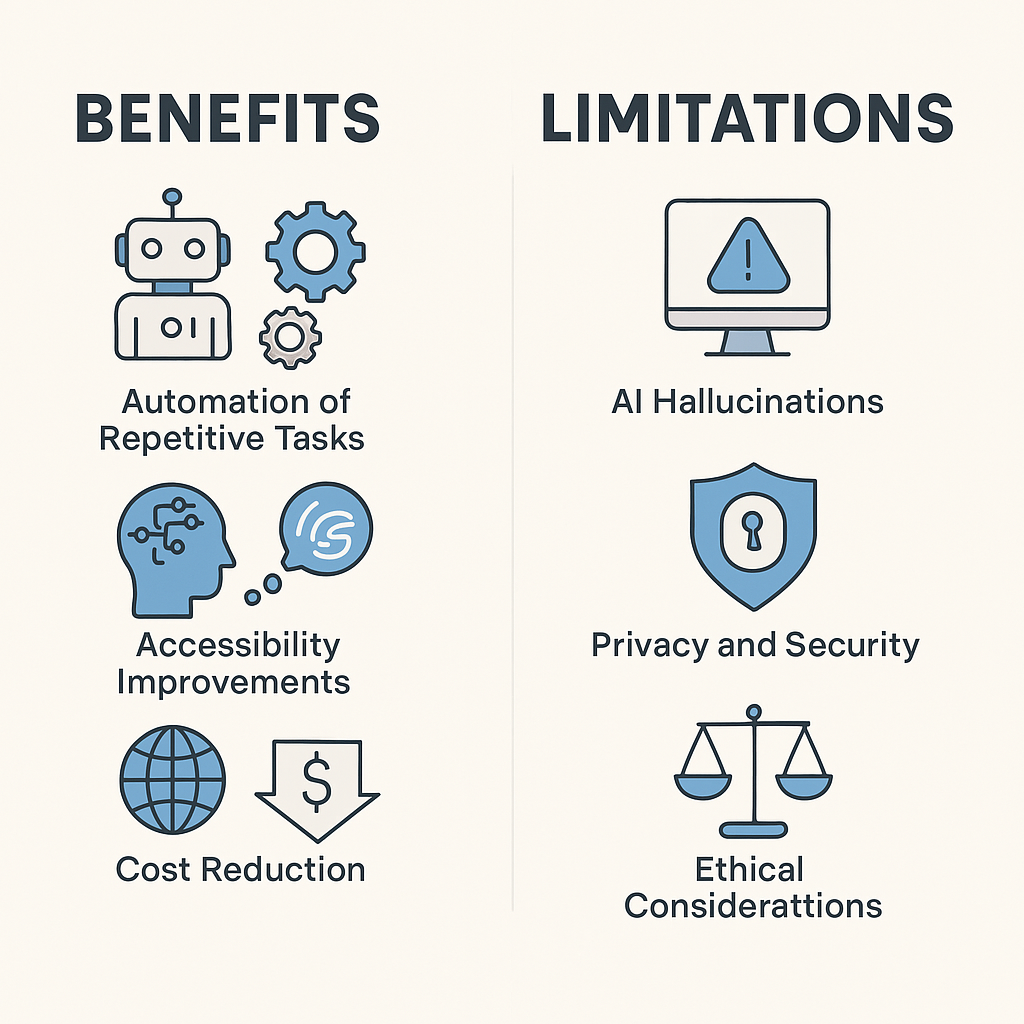
Balancing the Equation
To maximize benefits while minimizing risks:
- Adopt a “Human + AI” mindset rather than seeing AI as a complete replacement for human judgment.
- Verify critical information from multiple sources, especially for important decisions.
- Start with low-risk applications before implementing AI in high-stakes situations.
- Stay informed about AI developments and evolving best practices.
- Consider ethical implications of how you use AI, particularly regarding privacy and potential impacts on others.
- Develop complementary skills that work alongside AI rather than competing with it.
Robert, a teacher, summarizes this balanced approach: “I use AI to handle the administrative parts of my job—creating worksheets, drafting emails to parents, generating quiz questions. But I still personally review everything, add my own touches, and handle all the actual teaching and student interaction. It’s about using AI for what it does best while focusing my human energy where it matters most.”
Resources for Further Learning
As you continue your AI journey, these resources will help deepen your knowledge and keep you informed about new developments:
Books
- “The AI Revolution: How Artificial Intelligence Is Reshaping Our World“ by Martin Ford
- “Prompt Engineering for Beginners“ by Mark J. Baars
- “Human + Machine: Reimagining Work in the Age of AI“ by Paul Daugherty and H. James Wilson
- “AI 2041: Ten Visions for Our Future“ by Kai-Fu Lee and Chen Qiufan
Online Courses
- “AI For Everyone“ by Andrew Ng (Coursera) – A non-technical introduction to AI concepts
- “Prompt Engineering for ChatGPT“ by OpenAI – Official guidance on effective prompting
- “Google AI Essentials“ by Google – Practical applications for everyday use
- “Ethics of Artificial Intelligence“ by University of Helsinki – Free course on responsible AI use
Websites and Newsletters
- AIToolReport.com – Reviews and comparisons of the latest AI tools
- The Batch by Andrew Ng – Weekly newsletter covering AI developments
- Prompt Engineering Guide – Comprehensive resource for prompting techniques
- AI Alignment Forum – Discussions about ensuring AI systems remain beneficial
Communities and Forums
- r/ArtificialInteligence on Reddit – General discussion about AI developments
- Hugging Face Community – Open-source AI community with resources and discussions
- PromptBase Community – Forum for sharing effective prompts and techniques
Podcasts
- “AI in Plain English“ – Accessible explanations of AI concepts and applications
- “Practical AI“ – Focused on real-world implementations of AI technology
- “The TWIML AI Podcast“ – Interviews with AI practitioners and researchers
- “AI and You“ – Exploring the human impact of artificial intelligence
Tools for Staying Updated
- Set up Google Alerts for terms like “AI tools for beginners” or specific applications relevant to your field
- Follow key AI companies and thought leaders on social media
- Join industry-specific groups that discuss AI applications in your field
- Attend virtual or local meetups focused on practical AI use
The field of AI is evolving rapidly, with new tools, techniques, and applications emerging regularly. Dedicating even a small amount of time each week to continued learning will help you stay current and continue expanding your AI capabilities.
Remember that the most valuable learning comes from hands-on experience. As you explore these resources, continue to apply what you learn through practical experimentation with AI tools in your daily life and work.
Your AI literacy journey is just beginning—and the possibilities ahead are limited only by your curiosity and creativity.
Conclusion
We are living through one of the most transformative periods in human history—where artificial intelligence is not just changing how we work, learn, and create, but redefining what’s possible for individuals, businesses, and society at large.

The good news? You don’t need to be a tech expert or a coder to be part of this shift. You just need curiosity, a willingness to explore, and a bit of guidance—which this guide aimed to provide.
You’ve now seen the landscape of AI in 2025:
The essential tools.
The art of effective prompting.
The real-world use cases that deliver value today.
The powerful benefits—and the very real limitations.
The most important thing you can do now is start. Start small. Try a new tool. Ask your first question. Create your first image, voiceover, or blog post. Build a habit of experimenting. The more you play with these tools, the more ideas you’ll unlock.
Because in this new era, those who know how to work with AI will not just keep up—they’ll lead.
So go ahead—make AI your assistant, your partner, your creative spark. The future isn’t just coming. It’s waiting for you to shape it.
Let today be the day you take your first confident step into the world of artificial intelligence.


